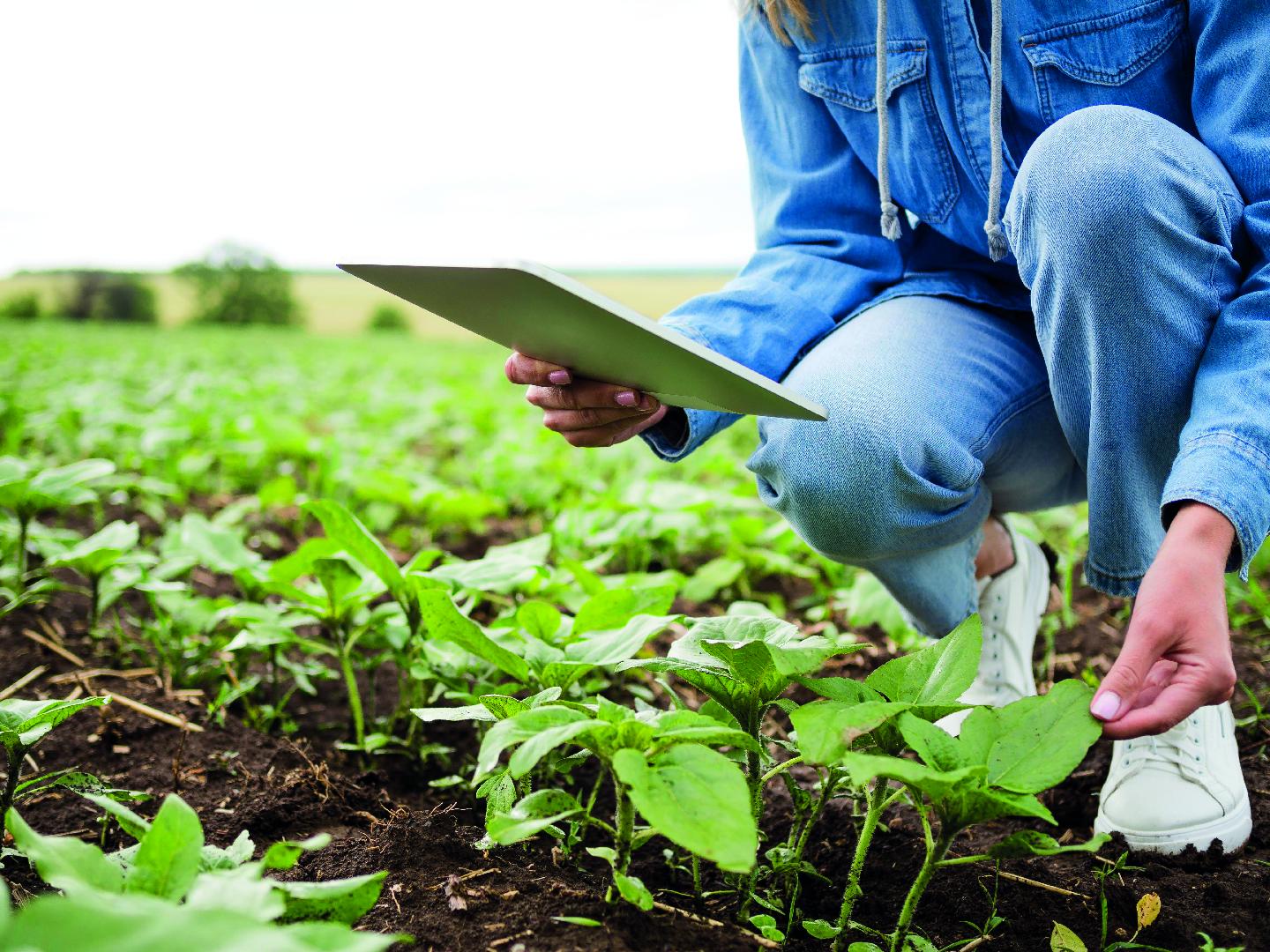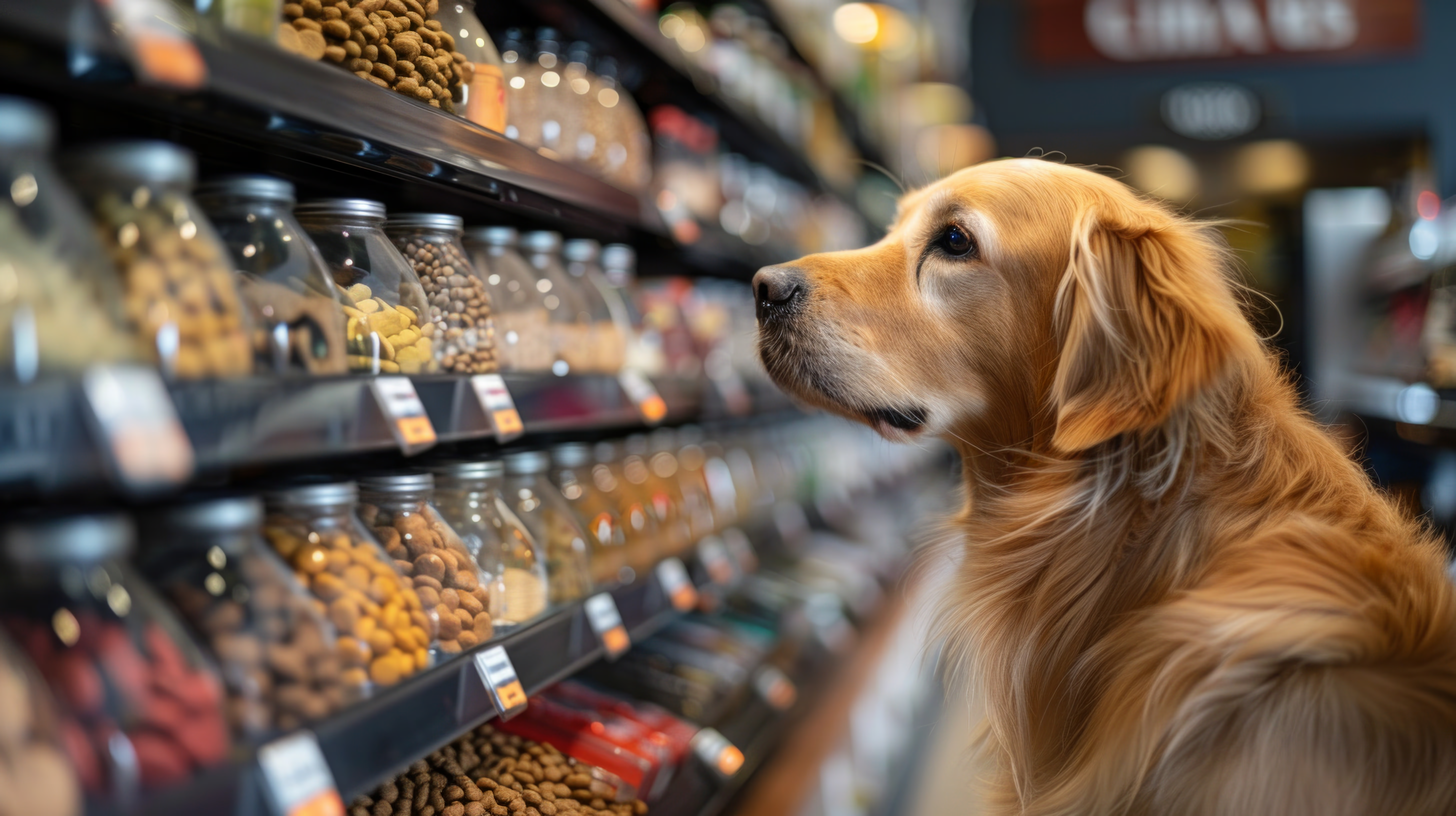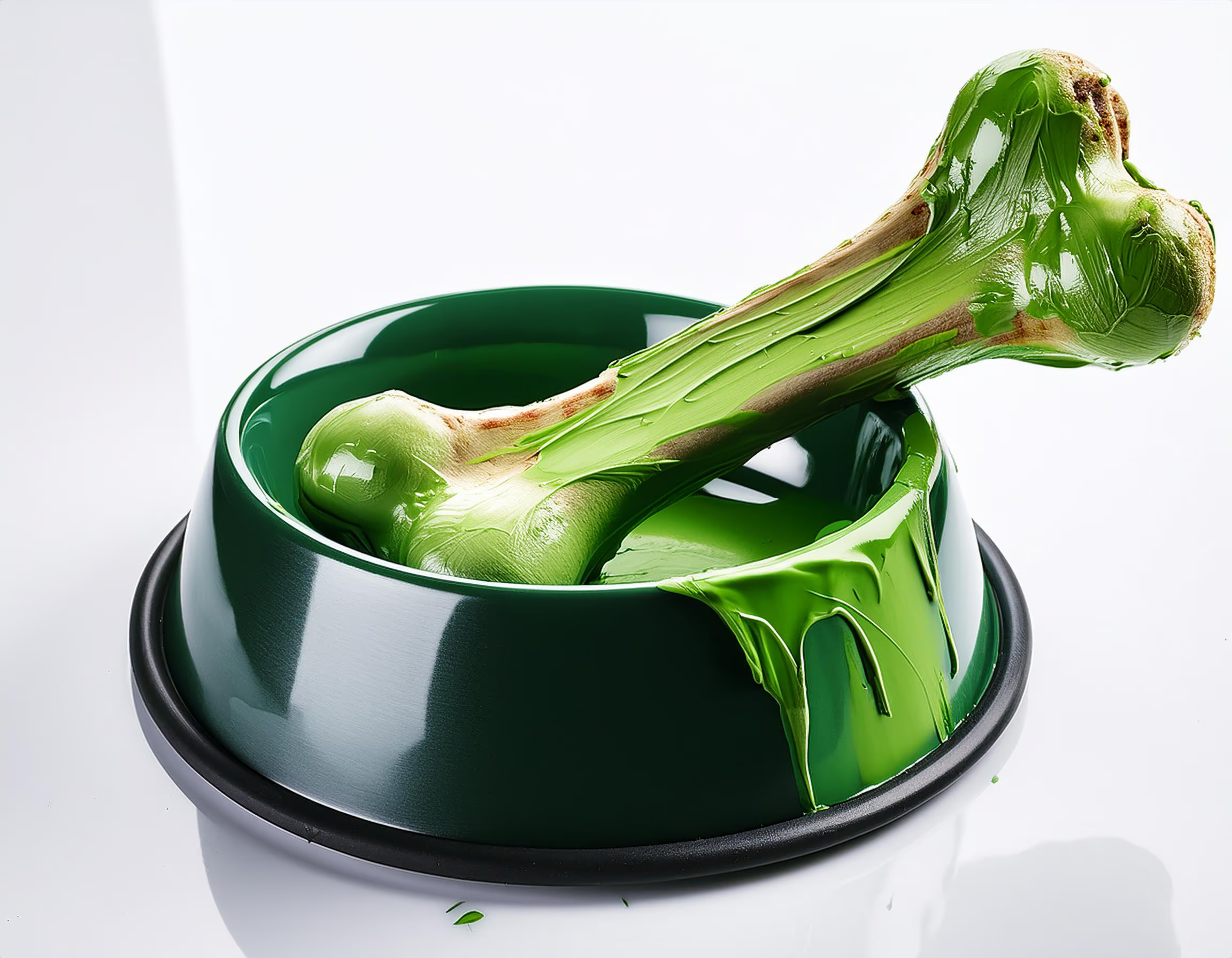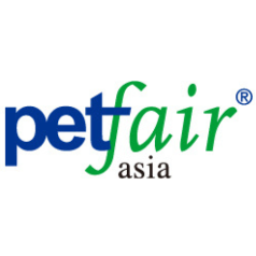More and more professionals and environmentalists are saying that continuing with the current production models is a path of no return toward the destruction of our planet. As an example, we can name Philip Lymbery in his book Farmageddon, where he argues that farm animals currently eat more than a third of the world's agricultural crops and waste most of them as feces and heat.
What is regenerative agriculture?
Agricultural production has increased in recent decades. However, the nutritional value of crops has been declining. According to a study from the University of Texas, the content of phosphorus, iron, calcium, protein, ascorbic acid, and riboflavin in crops has decreased between 9% and 38% compared to data taken between 1950 and 1999. The most likely reason for this is that over-tillage (the process of preparing the soil for crops) has killed off the microbes and fungi that make it biologically active, which increases crops' nutritional value.
Regenerative agriculture is, first, a response to this type of problem. It is an agricultural production approach focused on managing land use to build healthy soils, promote biodiversity, and improve ecosystem services with the aim of producing more sustainable and resilient systems. Their practices seek to increase soil organic matter, reduce erosion, and promote soil health and fertility through cover crops, crop rotation, composting, reduced tillage, and agroforestry, among other techniques.
This way, creating a more holistic and interconnected system that supports healthy and resilient ecosystems can improve productivity and profitability. However, its great potential lies in the fact that it has the great capacity to mitigate climate change by sequestering carbon in the soil and reducing greenhouse gas emissions from agricultural practices.
Regenerative agriculture is an agricultural production management system that creates positive outcomes in soil health, ecosystem function, and biodiversity.
Key benefits of regenerative agriculture
If we talk about the benefits of regenerative agriculture, we must discuss its main goal, sustainability, but also its nutritional quality.
• Emissions from agriculture still are one of the most difficult ones to reduce, and climate change is an international problem that, within our industry, we can begin to mitigate with this practice.
• This agricultural production model can help improve crops' nutrient density, promoting healthy soil usage and reducing chemical fertilizers and pesticides. This would result in materials with a higher content of essential vitamins and minerals, which ultimately provides better quality raw ingredients for consumers. Very often, these are the cattle later used for food production, both for humans and pets, so the derived products will be healthier and more nutritious. The University of Washington carried out a study that demonstrated that crops from this production model have higher levels of nutrient density than those from standard models. Research shows that farms that use regenerative farming practices, such as no-till farming (planting crops without disturbing the soil beforehand), cover crops (working with vegetal species to improve soil health rather than for harvest), and rotations of various crops (changing the raw material grown on the same plot of land) produced crops with higher levels of vitamins and minerals than conventional farms.
Mindset change: Short-termism is not the only way of analyzing a situation
One of the main challenges we find when changing the current forms of production is the problems that can develop in the supply chain. When seeking to implement a change in the way of doing things, clashes will inevitably occur. In this case, wanting to have eco-conscious or sustainable business practices meets the costs of some of those practices right now, and how not only businesses but also consumers care about them. We also must consider that inflation and economic movements impact our industry, which makes many decision-makers prefer to wait or not risk too much.
The key, in this sense, is to be able to generate collective conversations with the message that these changes may not necessarily be positive in terms of profit for companies or costs for consumers but that they are a bet to take care of the future, where we will see, at its best, the results of today's decisions.
Another aspect to consider in the discussion is the number of points in the supply chain that go into creating a single final product. Furthermore, these differ depending on how the products and the value chain are built. The perspective with which we currently look at this issue is based on efficiency and profitability, but perhaps we should give up a bit of our attention on that focus to start thinking in terms of resilience. The biggest number of issues when implementing change arise around disruptions in those supply chains that ultimately create disruptions for the consumer, distributors, and vendors.
What will happen 30 or 60 years from now if we can no longer produce today's raw materials because we make more decisions around profitability than environmental impact? To be able to bring the lens to the here and now is crucial. This way, by analyzing the present to achieve a better future, we will be able to set short-term profitability aside and choose measures and actions aligned with our companies' values. Thus, the short-term "benefits" have much more to do with building a brand and its ideals, and the positive, regenerative results are positioned a little more toward the future.
Of course, every day more companies and organizations understand this perspective, but we need empirical science to confirm with data what really happens to the land and crops once regenerative agriculture is applied.
Regenerative agricultura: it's time to take action
Sustainability came to life when we realized that much of what we do in agricultural production, our value chains, and our products have a negative impact, depending on how we work and make decisions. The first proposal, that of sustainability, is focused on not creating a negative impact on our activities. On the other hand, regenerative agriculture proposes to go further and not only not produce it but also improve what we leave behind.
As an industry, the possibility of addressing these problems as soon as possible is in our hands, if we want to protect all the agents involved in them, including our only planet Earth.
By All Pet Food
Source: All Pet Food Magazine
You could be interested: The Conscious Nutrition Era, or With Science Era, Now in Dogs and Cats
About author
María Candelaria CarbajoI’m a creative, interdisciplinary person, translator, and editor. I collaborate in producing and writing creative, high-impact projects to promote cultural exchange, transmit differential values, and connect with people/the audience. Likewise, I enjoy teamwork and joining forces, experiences, and knowledge to bring the world all the potential of those ideas that seek to impact people’s lives positively.

































